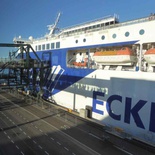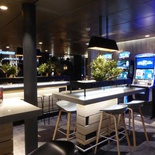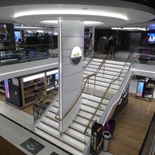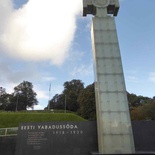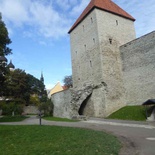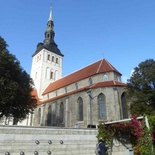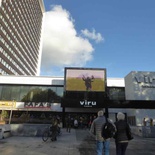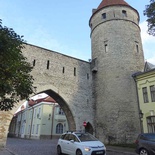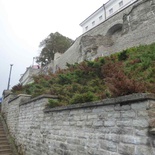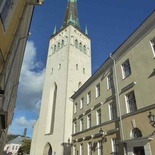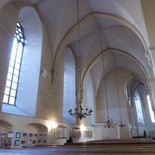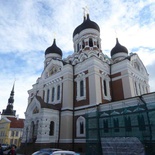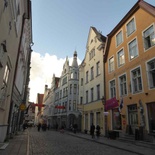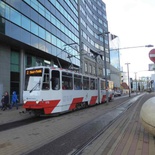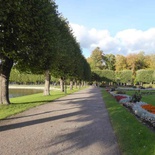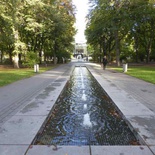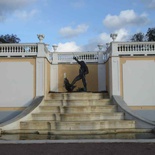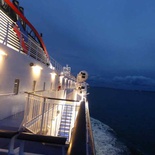Tallinn is the most populous and the primate city of Estonia. The modern country sees a blend of traditional culture and a modern city living together as one. One with much history, let’s explore Estonia Capital Tallinn with a walking day tour.
A young country with a rich history
As the locals would say, Estonia’s history had been pretty much ruled by “everyone else”. They were part of Denmark from the 1200s, Sweden from the 1500s and part of Russia and the Soviet Union from 1721 to 1940. World War 2 saw the country taken over by the Germans before becoming independent from 1990.
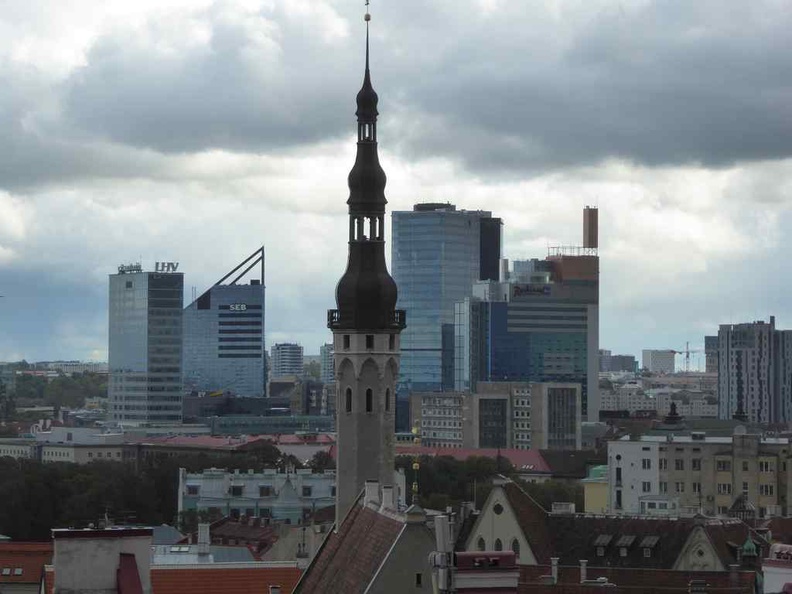
Hence, Estonia is pretty much a young nation on the international front. But it has a long rich history and Medieval structures still standing today since the 1200s.
Getting to Tallinn Estonia
Moreover, located in the northern part of the country, Tallinn sits on the shore of the Gulf of Finland of the Baltic Sea. Also, it has a population of about 440 thousand. Moreover, you can either fly in straight into Tallinn. An alternative and more affordable way to get there is by ferry, costing about $60-70 per person for a return trip. Also, you can easily do a day trip to Tallinn from nearby Scandinavian countries such as Helsinki Finland.
A ferry ride across the Gulf of Finland takes about 3 hours. But the ride is not a bore in anyway. It is like a mini cruise ship with plenty to do onboard. The people on-board the ferry are friendly and there are various places of interests, restaurants, bars, duty-free shops and even jackpot machines to keep you entertained. Also, there is a large restaurant as well as one offering buffets which is extremely popular. The ferry transport is both a passenger and vehicle ferry.
Explore Tallinn Old Town (Vannalin) a UNESCO site
Furthermore, Tallinn is a town loaded with history. The Tallinn’s Old Town in Kesklinn is home to one of the best preserved medieval cities in Europe. It is listed as a UNESCO World Heritage Site.
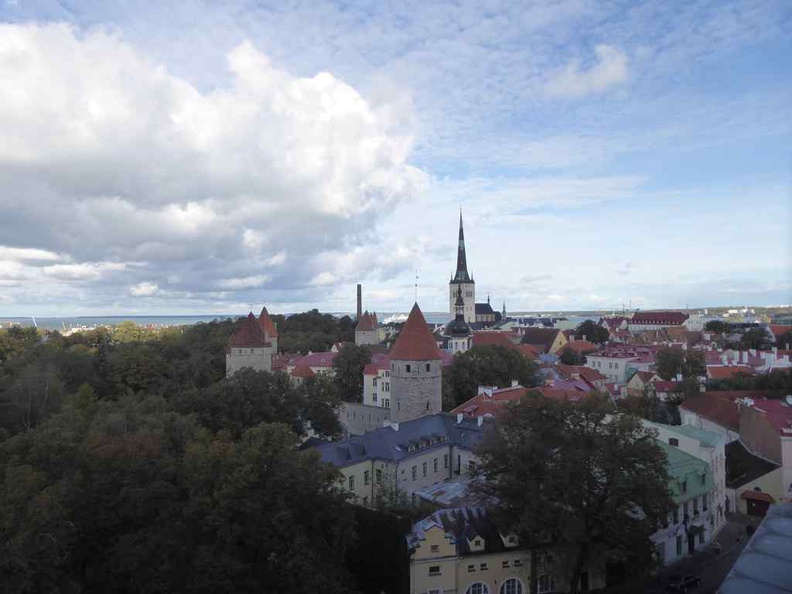
Upon arrival in Tallinn, the old town is a walk-able distance from the ferry terminal. A short 10 minute walk and across one major road later, you will find yourself strolling along the cobblestones of the Tallinn old town.
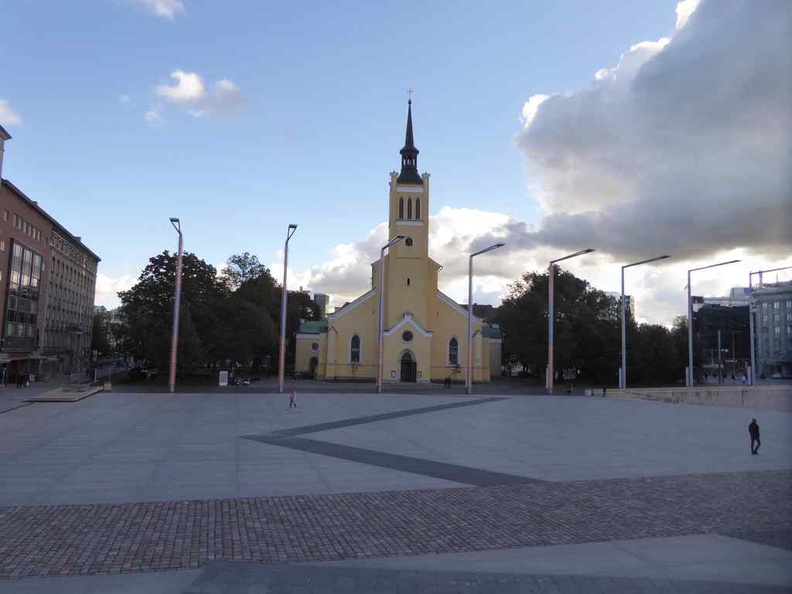
Here, do check out the Freedom square and Town square. There is a Victory Column here built in 2009 commemorating the Estonian War of Independence 1918–1920. Here, you can also check out the streets of the town and is a 19th-century St. John’s Lutheran Church nearby. It in built the neo-Gothic style & featuring a large pipe organ from the 1867s.
The old town square is a great place for a break. There are several small business, cafes and restaurants you can pop by for a break on your journeys.
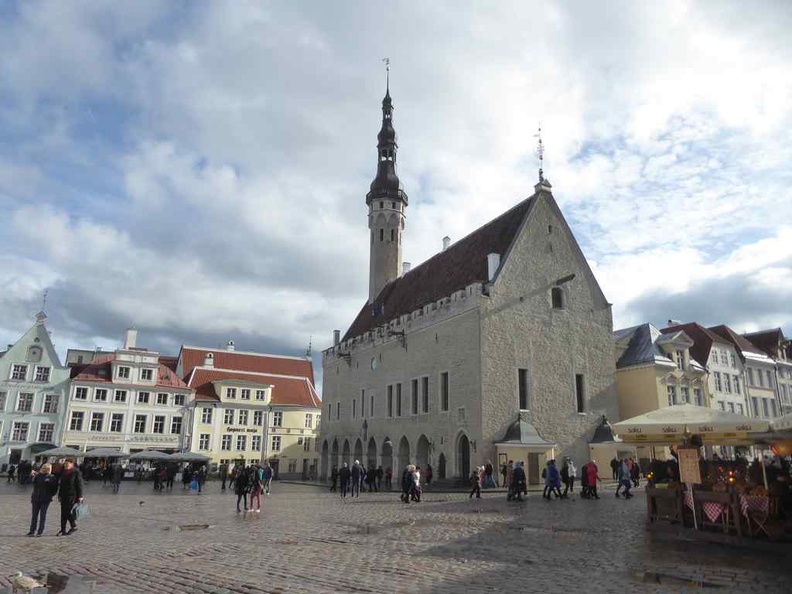
Additionally, I would recommend to join one of the many Tallinn free walking tours, such as those by Sandeman. It brings you through all the main attractions and points of interests around the Tallinn old town.
Tallinn Bastion fortress and tunnels
It is not uncommon to find walls and tower fortifications in the old town. These areas which serves a reminder of Tallinn’s old place as a coastal island fortress. Embedded in the heart of the old town are number of fortified brick towers and forts you can see scatted around the city.
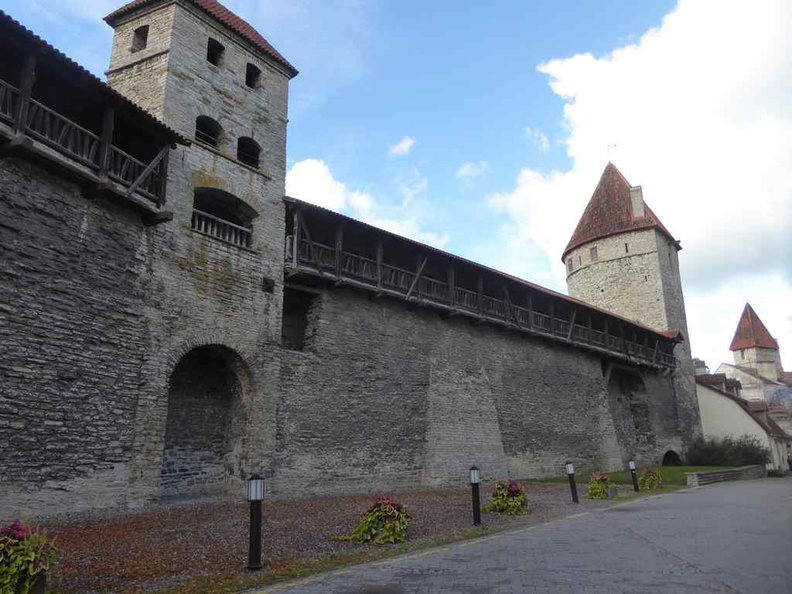
It often segments the city in parts with gantry gates. A notable place of interest is the Bastion Tunnels passages. It is also the home to the now Kiek in de Kök Museum.
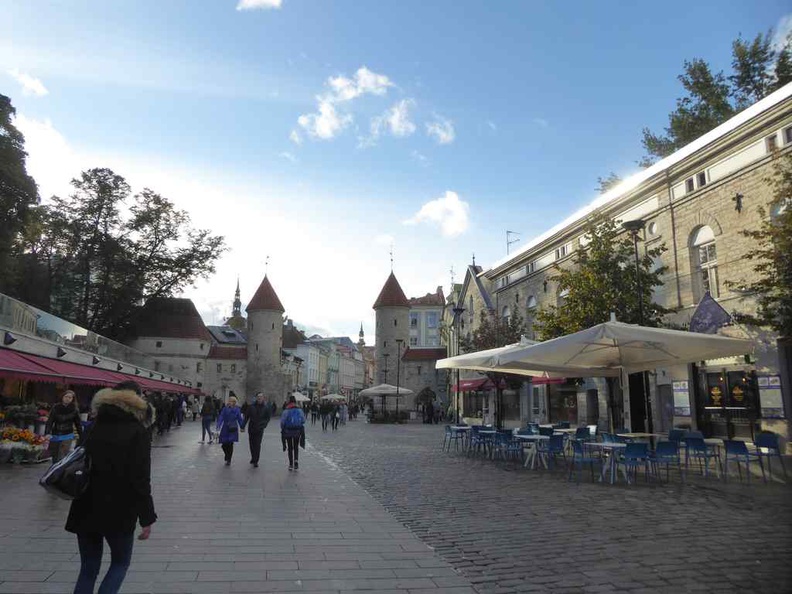
Also, this archeological site has one of the most well-preserved examples of the Bastion towers as well as the tunnel network which served the city as a fortress.
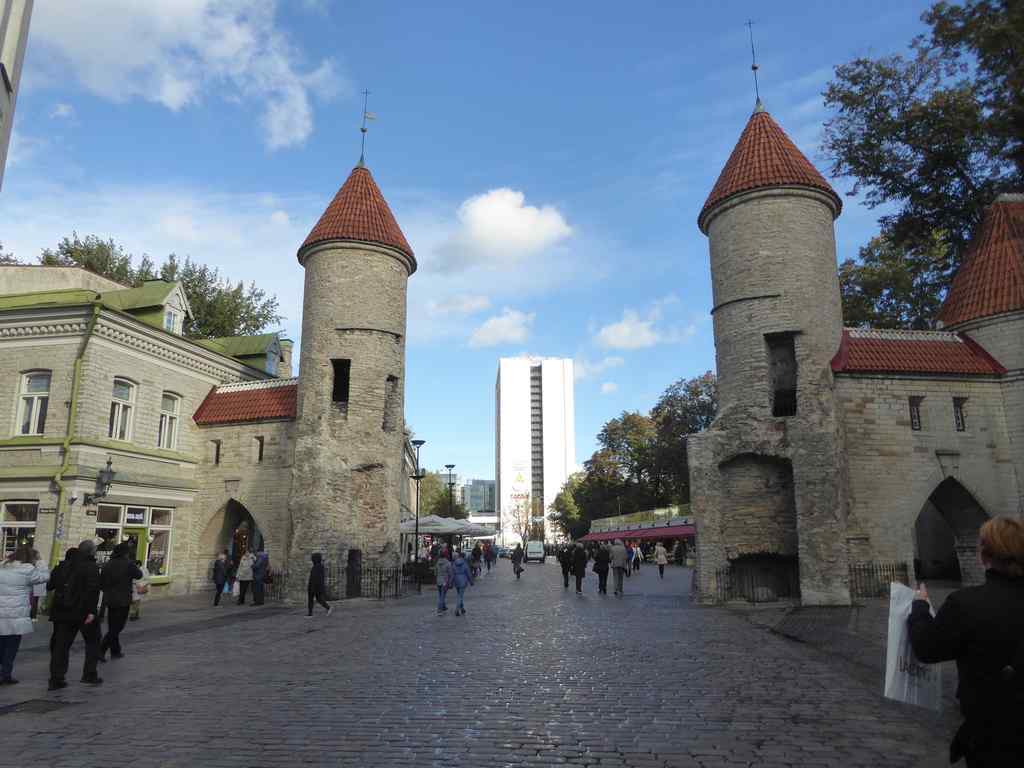
One of the more iconic towers is the Viru gate in a shopping street. Built in the 1300s, theses are 2 large, ivy-covered watchtowers mark the entrance to Tallinn’s Old Town.
Churches Tallinn old town
There are several Churches littered around Tallinn itself. Tallinn is one of the few cities with an eccentric mix of Church and architecture styles, taking a following from the country’s various rulers in the past.
One to touch on is St Olaf’s Church. It was built in the 12th century and to have been the center for old Tallinn’s Scandinavian community before Denmark conquered Tallinn in 1219. As previously mentioned, Tallinn is largely a neutral country. It saw itself being time and again conquered by various larger countries which stake claim to the lands in each of their conquest.
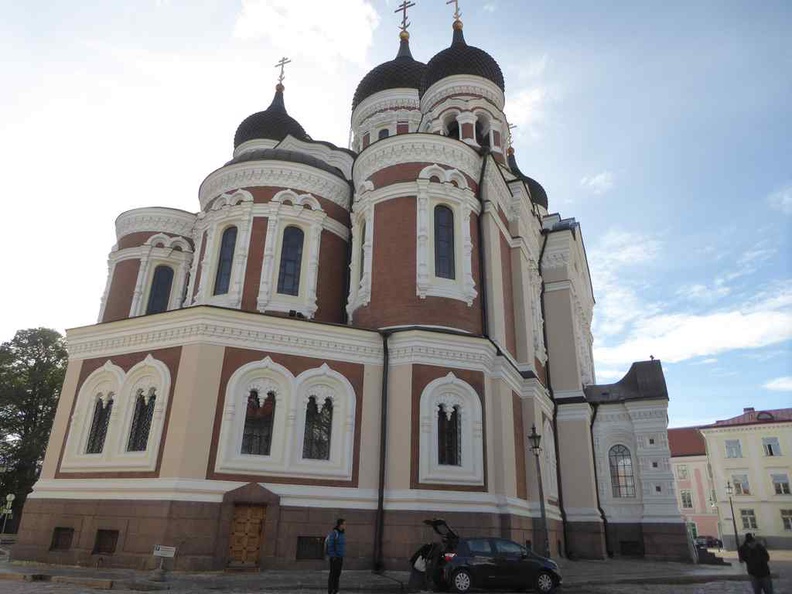
Similarly, Alexander Nevsky Cathedral is orthodox cathedral built to a Russian Revival style between 1894 and 1900. They look similar to the one you can see in Moscow. Also, the church was built dedicated to King Olaf II of Norway during the Norwegian rule.
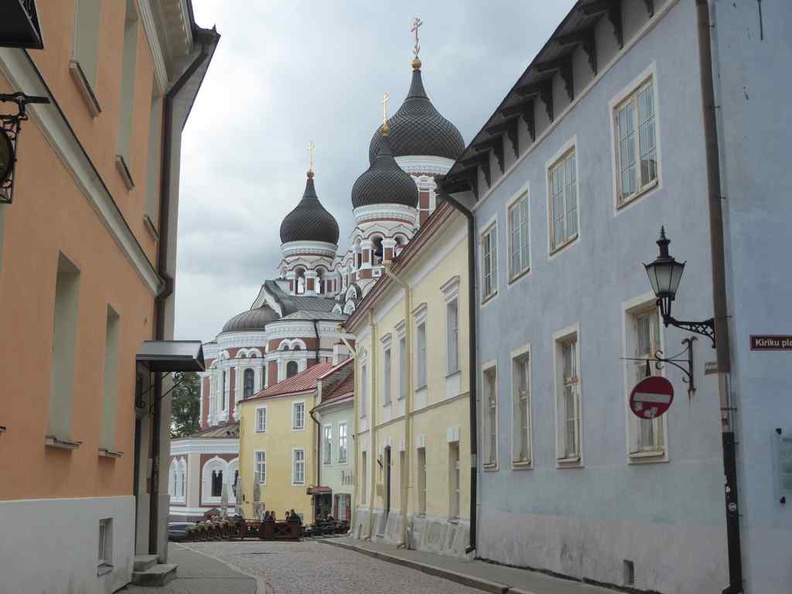
There was a joke that to fund the upkeep the St Olaf’s Church in Tallinn in the old town, the people of Tallinn had to pass it off as an orthodox art gallery of atheism to finally get approval from the Russians.
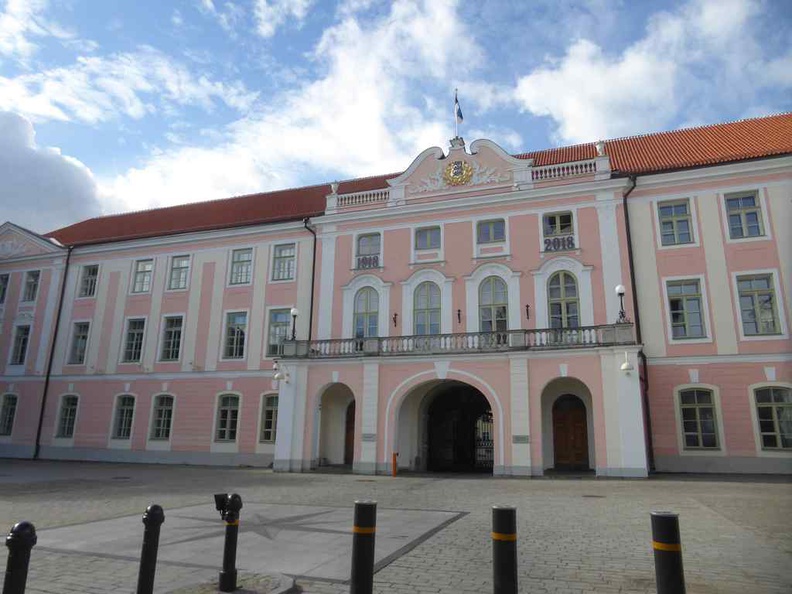
Also, not far off here is the Riigikogu, or the unicameral parliament of Estonia. The parliament sits up here on top of a hill in the old town.
Modern city center and malls
Tallinn is the main financial, industrial and cultural center of Estonia, with a great startup culture to boot. It is also a well digitally connected country. Being one of the first to roll out digital citizen identification systems in the world.
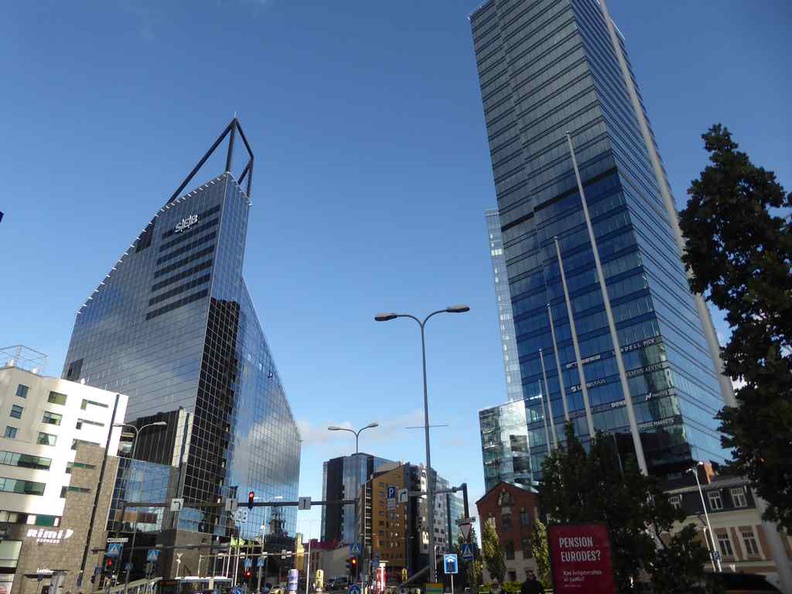
This sentiment of a modern city is echoed through the modern city in the city center and financial districts. Also, all the malls accept Euros as primary payment. Also, if you are up for it, much of Tallinn city itself is walkaway and connected through estates, parks and gardens.
Additionally, the city is well served by buses and tram which you can take to check out various spots in town. They connect to the city center and harbor area.
Green spaces and botanical gardens
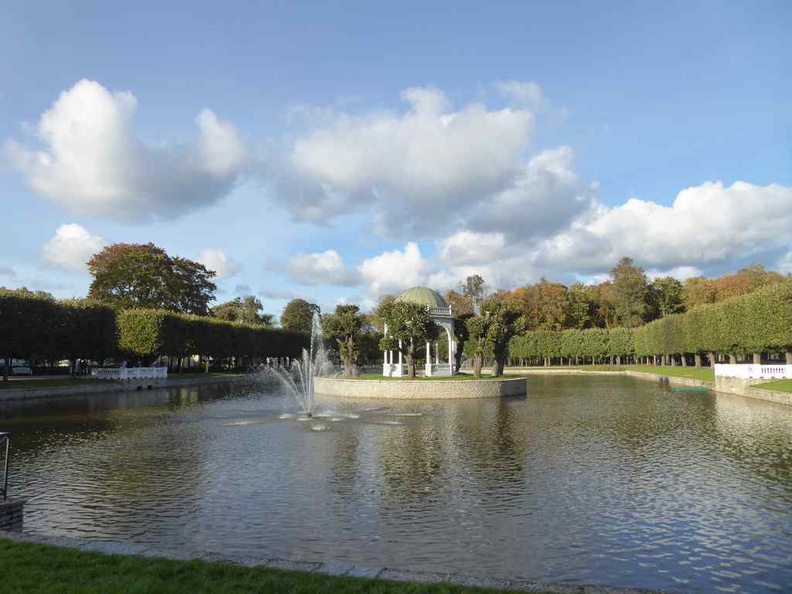
Moreover, when you are done with the first half of your day exploring Tallinn Old Town walking tour aside, you can relax and spend the rest of your afternoon in one of the few malls, parks and botanical gardens.
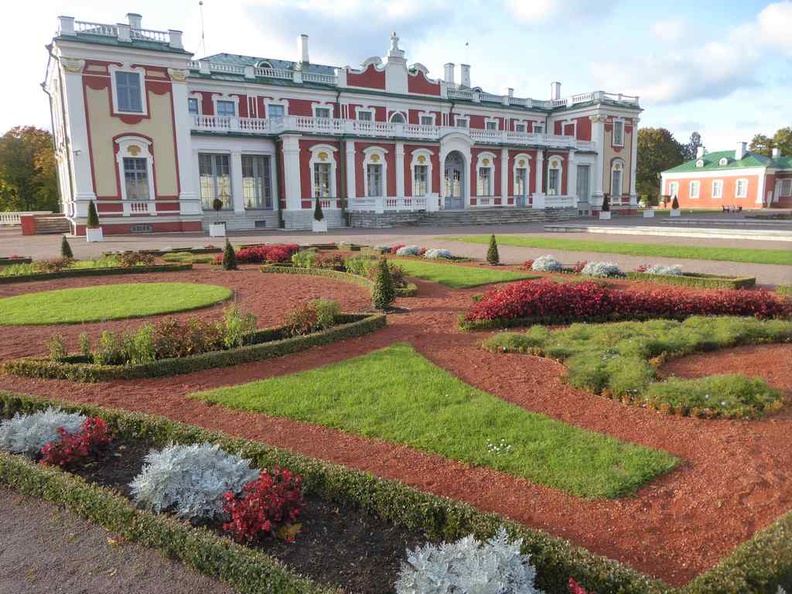
If you like green spaces, the People’s Park is about a 20 minute slow walk through an estate from the city center. Also, the People’s Park connects to Kadriorg Park via a 5 minute walk. Residing here is the Kadriorg Art Museum resides. It is a Petrine Baroque palace built for Catherine I of Russia by Peter the Great. It has nicely manicured floor beds and statue fountains.
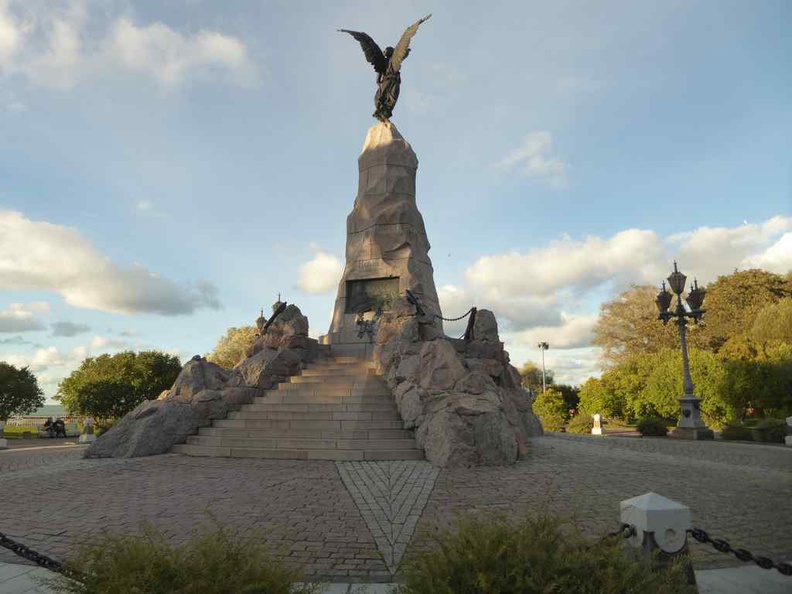
Wrapping up, you can finish up your walk back to the harbor for your boat back via the Tallinn Song Festival Grounds. Here, you can see the Russalka Memorial. The statue memorializing victims of the Rusalka shipwreck.
Here, it has an angel statue holding a cross on a granite base in the scenic park by the sea popular with joggers and cyclists.
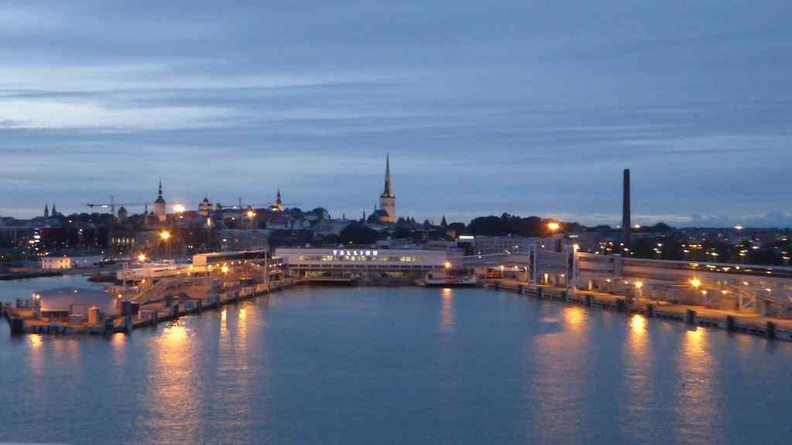
All in all, you can good in Tallinn for an entire day trip with a Ferry cruise back by about 7pm, where the last ferries typically depart back to Helsinki Finland. Not bad to check out one of the youngest yet a history-rich country in Europe.

